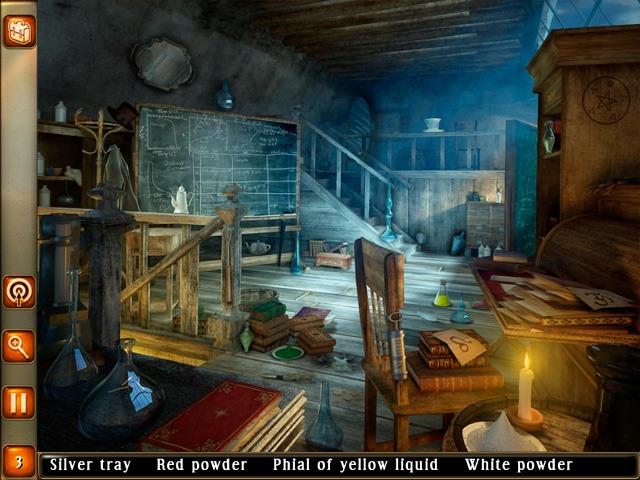I. Introduction
"Dr. Jekyll and Mr. Hyde: The Strange Case" by Robert Louis Stevenson is a captivating novel that delves into the complexities of human nature and the battle between good and evil. Published in 1886, this Gothic novella has become a classic work of literature, exploring themes of duality, appearances versus reality, and societal repression.
II. Background and Setting
Set in 19th century London, "Dr. Jekyll and Mr. Hyde" takes place during a time when Victorian society placed great importance on reputation and maintaining a respectable image. This era was characterized by strict social norms and a desire to project an idealized version of oneself to society.
III. Characters
The novel introduces several key characters:
-
Dr. Henry Jekyll: A highly respected physician who becomes consumed with the idea of separating his good and evil sides.
-
Mr. Edward Hyde: Jekyll's alter ego, representing his dark side and embodying all the immoral desires he represses.
-
Utterson: Jekyll's loyal lawyer and friend who becomes intrigued by Hyde's actions and investigates further.
IV. Plot Summary
The story begins with the mysterious appearance of Mr. Hyde, who is known for his sinister actions but remains closely connected to Dr. Jekyll without any apparent reason. Utterson becomes involved when he witnesses Hyde's violent behavior firsthand and sets out to uncover the truth behind their relationship.
As Utterson investigates, he discovers a secret laboratory belonging to Dr. Jekyll where he conducts experiments involving duality in human nature. Eventually, Jekyll confesses that he created a potion that transforms him into Hyde, allowing him to indulge in his darkest desires without tarnishing his own reputation.
V. Themes and Symbolism
One of the central themes in "Dr. Jekyll and Mr. Hyde" is the duality of human nature. Jekyll and Hyde represent the conflicting aspects within each individual, highlighting the struggle between good and evil forces.
The novel also explores the concept that appearances can be deceiving. While Jekyll presents himself as a respected member of society, it is Hyde who carries out sinister acts behind this façade, challenging the idea that one's external appearance accurately reflects their true character.
Additionally, Stevenson uses this story to comment on societal pressures and repression during the Victorian era. Jekyll's experiments with duality can be seen as a metaphor for the restrictions placed on individuals by society, forcing them to suppress their true selves.
VI. Analysis of Key Scenes
Several key scenes contribute to character development and plot progression:
- The first encounter between Utterson and Hyde sets a tone of unease and foreshadows the dark events to come.
- The revelation of Jekyll's secret laboratory unveils his hidden experiments, shedding light on his inner struggles.
- The transformation scenes where Jekyll physically turns into Hyde showcase the physical manifestation of his internal battle.
VII. Conclusion
"Dr. Jekyll and Mr. Hyde: The Strange Case" remains an enduring classic due to its exploration of human nature, morality, and identity. Stevenson's masterful storytelling continues to captivate readers by delving into the complexities of human behavior and challenging societal norms. This thought-provoking novella serves as a reminder that even the most respectable individuals may harbor hidden darkness within themselves, making it an essential work in understanding the human psyche.
 Dr. Jekyll and Mr. Hyde: The Strange Case
Dr. Jekyll and Mr. Hyde: The Strange Case 











